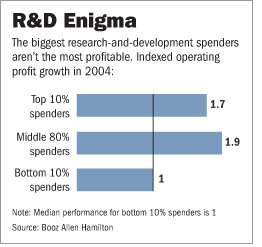Perhaps these observations are relevant to the claim by what I call the “left Schumpeterians” (e.g., Tom Friedman) that a substantial labor safety net is necessary for creative destruction to work.
(p. 271) In Warsaw, from 1978 onward, he had directed what became known as “the Balcerowicz group,” a long-running study group that was devoted to analyzing the “problems” of socialism and the question of how to reform the Polish economy. It focused on such basic questions as property rights, the proper role of the state in the economy, inflation, and what was increasingly becoming the true hallmark of socialism-shortages. All of this convinced Balcerowicz that “gradualism” was doomed to failure. Unless enough changes were combined and applied rapidly, the necessary “critical mass” would not be reached. Unlike many economists, he also dabbled in social psychology. He was particularly impressed by the theory of cognitive dissonance. As Balcerowicz summed up its significance for economic reform: “People are more likely to change their attitudes and their behavior if they are faced with radical changes in their environment, which they consider irreversible, than if those changes are only gradual.”
Source:
Yergin, Daniel, and Joseph Stanislaw. The Commanding Heights: The Battle Between Government and the Marketplace that is Remaking the Modern World.. New York: Simon & Schuster, 1998.


